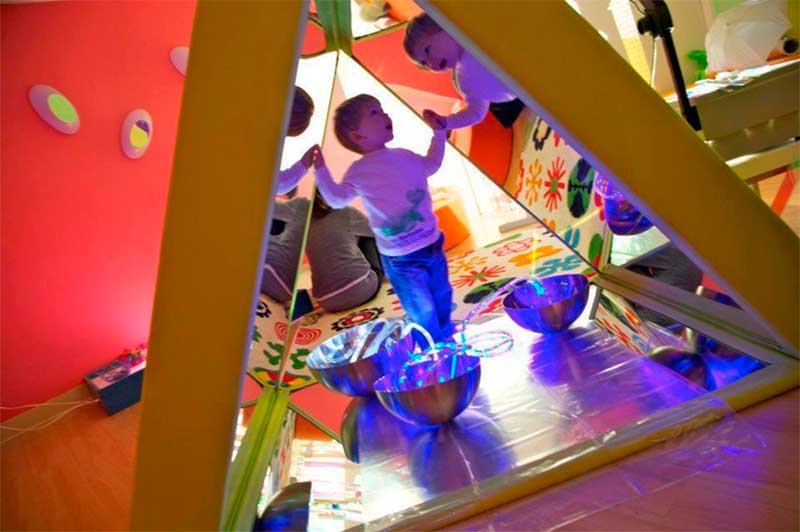The Reggio Emilia approach is a complex education model that, along with parent-teacher involvement, emphasizes the role of the environment that evokes children’s curiosity, creativity, and wonder. However, as a third teacher, the Reggio Emilia environment is not alive in a way that a human is – rather it is considered to arise as a result of personal work and imagination.
In cooperation with two other classroom educators, a varied environment at the Reggio inspired preschool aims at supporting and developing children’s learning. It serves as a source of inspiration and encourages kids to dive deeper into their interests and learn independently based on their understandings and perceptions.
The role of Reggio Emilia environment
Speaking about the role of the preschool environment, the Reggio Emilia philosophy mainly draws upon the way kids use physical space and facilities to perceive the world. In the Reggio Emilia classroom, focus is made not only on how the surrounding space looks like, but also how it feels from a kid’s perspective. According to Reggio Emilia, children do not always need teachers and parents to guide and help, but they need a space to unleash their ambitions and unlock the potential. With this in view, the Reggio Emilia classroom is equipped with varied facilities and materials to foster spontaneous learning, individual study and multi-age groupage project work.
Apart from being an inspiring place to play and develop, the Reggio inspired preschool environment helps parents and teachers grasp how children learn and creates a groundwork for documentation and research. In this context, Reggio Emilia educators’ roles are closely tied. Parents and teachers learn from children who engage with a supportive environment specifically created for them.
There are the following key aspects of the Reggio Emilia environment:
• Aesthetics
Reggio Emilia classrooms are equipped in such a way that they encourage self-expression, develop imagination and cultivate a taste of aesthetics in children. In a lovely, pleasant and neutrally colored preschool environment, kids are offered a plethora of opportunities to develop creativity and evoke a sense of beauty.
• Provocation
The only way to keep children interested is to create an engaging and enticing space that kids cannot resist. That is why, in Reggio inspired classrooms, various materials and items are placed by a theme, so that to foster kids’ understanding and peak their interest to the topic they appeal.
• Organization
Learning in an organized environment is a key to nurturing a careful and attentive kid. Organization does not revolve around purity and perfection, but rather purpose and functionality. Classroom arrangement guides children. Boxes, shelves and partitions are used to denote an area, where a kid can enter and work comfortably. A groundwork with a table and no chairs means that children are supposed to stand while working here.
• Collaboration
One of the core messages that the Reggio inspired environment communicates is learning through collaboration. Through materials and activities, kids are encouraged to work in small groups, which develops their involvement, creativity and shared thinking.
Through supportive and stimulating environment, kids can uncover endless opportunities to express themselves and present their ideas, so that they become protagonists on their learning pathway.

